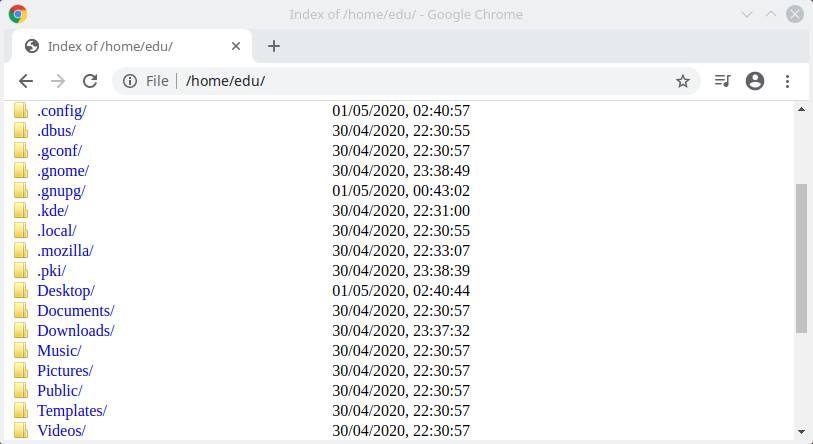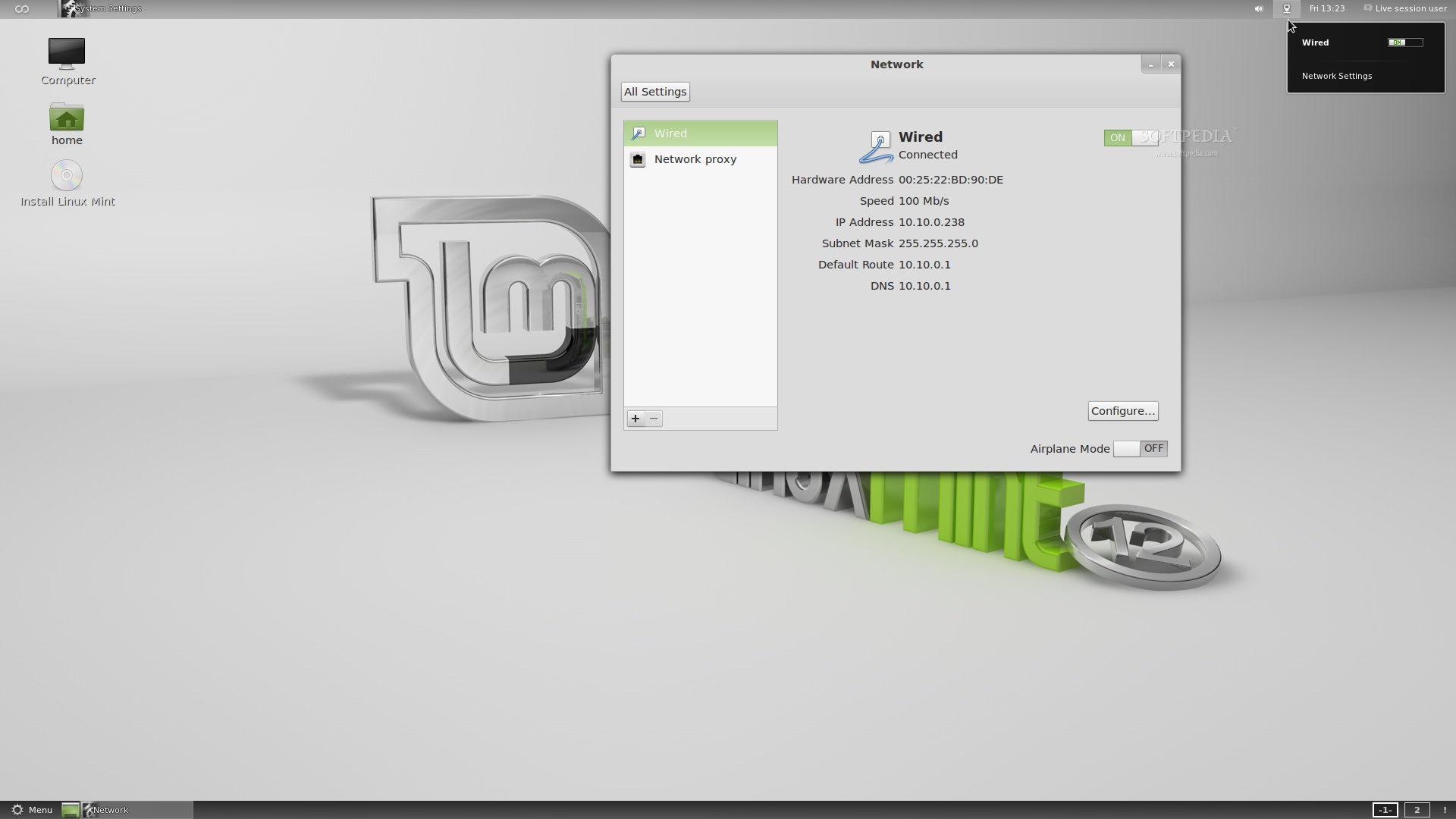
This option disables active icon support if that feature was compiled into xterm. This option indicates that xterm should do text cursor highlighting based on focus. By default, xterm displays a hollow text cursor whenever the focus is lost or the pointer leaves the window. This option indicates that xterm should always highlight the text cursor. This option causes the DECCOLM escape sequence to be recognized, and the xterm window will resize appropriately. Normally, the VT102 DECCOLM escape sequence that switches between 80 and 132 column mode is ignored.

Print the version information for xterm, and exit. If no shell is specified, and the SHELL environment variable is undefined, xterm uses the Bourne Shell, /bin/sh. This pathname can be an absolute path or a relative path, and xterm will search the user's PATH environment variable for the specified shell if it cannot find it. This shell can be changed, however, by providing a parameter to xterm, after all other options, which specifies the pathname of a shell to run. When xterm runs, it normally checks the SHELL environment variable for which shell to run. The -version and -help options are interpreted even if xterm cannot open a display, and along with the -class option, are checked before all other options. If an option begins with a " +" instead of a " -", the option is restored to its default value. Originally written in 1984 for the DEC VAXStation as a stand-alone program, xterm was quickly integrated into X, and today most X terminal emulators are variations of the original xterm code. Several instances of xterm can run at the same time within the same display, each one providing input and output for a shell or another process. If you want to send me a direct message with a explanation, I will be happy to discuss further the URL and web site.Xterm is the standard terminal emulator of the X Window System, providing a command-line interface within a window. So we generally ask people to not put URL's in their signatures that are not personal, or related to technology/linux in some way as it could be misinterpreted as spam, and people have been blocked for that. Please specify 32 or 64bit in your questions, and please remove the URL from your signature block as its not linux related, does not appear to be a personal web site but business related (maybe your business?), and not related to technology. take a look at terminator.Ĭouple other quick notes. If you are interested in a more feature rich terminal that does things like split windows, etc. So unless you have a specific application or question regarding terminal performance I suggest removing xterm from synaptic or removing the menu entries if they are causing confusion and just use lxterminal for LXDE.


(So this is not a debate place for terminals - roxterm,xterm,uxterm,urxvt,terminator,tilda, etc) You are using the bash shell regardless of terminal choice - So unless you are programming or have other specific needs the average user uses whats included as the default. The average desktop user does not do much in the terminal except use it when a GUI does not meet their needs for what they are trying to accomplish.
#Xterm versus uxterm code#
I will look into that for R9 and I am not sure about changing the code specific to the terminal as its a utility.Īs far as what terminal works best for your environment? Thats a debate that could go on forever. The cleanup that probably would be easiest is to simply remove the menu entries for both xterm and uxterm and remove said confusion.

If you go look at the package in synaptic (xterm) you will see it says as much in the description, and when xterm is installed, uxterm is as well. Its a wrapper around xterm to provide locale and UTF-8. uxterm is not a separate package (even though it has its own binay). (and I have not changed that code) I considered removing and changing the code before releasing R8, but it was left as is as it added negligible space and overhead and the effort and time made it an easy decision.ģ. xterm is required as the installer uses it and its coded to do as such.
#Xterm versus uxterm install#
LXterminal comes with LXDE as part of the desktop environment so its included in the install and its a servicable terminal and functions well within LXDE.


 0 kommentar(er)
0 kommentar(er)
